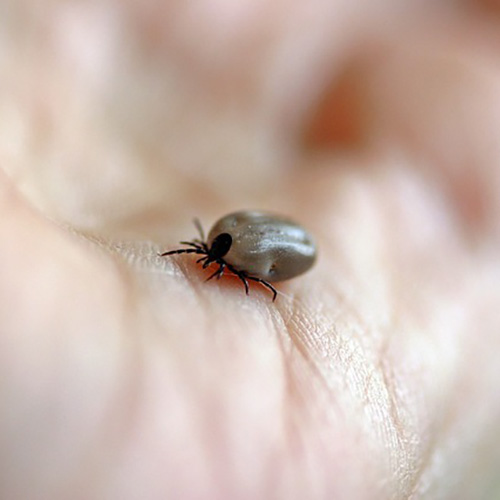What Happens If You Don’t Remove A Tick From Your Dog?
 So, what happens if you don’t remove your dog’s tick? Well, recent research has found that one-third of the UK’s dogs are carrying a tick. That’s a seriously large number. Ticks on your pooch shouldn’t be taken lightly – and there are preventative treatments out there which are really worth using. If not dealt with swiftly and safely, ticks can present a very real threat to the health and wellbeing of a doggy’s life.
So, what happens if you don’t remove your dog’s tick? Well, recent research has found that one-third of the UK’s dogs are carrying a tick. That’s a seriously large number. Ticks on your pooch shouldn’t be taken lightly – and there are preventative treatments out there which are really worth using. If not dealt with swiftly and safely, ticks can present a very real threat to the health and wellbeing of a doggy’s life.
Besides looking awful, ticks can cause a reaction in the skin that leads to a small abscess, especially if not removed properly. In young animals a really heavy infestation could even lead to anaemia. But one of the main worries is the diseases that ticks can transmit. Below are some of the main diseases to be aware of- and a reminder that all dog-owners should be tick vigilant.
Lyme disease (borreliosis) is the most prevalent and pernicious of all tick-carried diseases amongst doggies in the UK. It is transmitted by the UKs most common ticks Ixodes ricinus (the sheep tick) and Ixodes hexagonus (the hedgehog tick). The PDSA reported a 560% increase in the number of dogs with Lyme disease over the last six years; hence tick vigilance is needed now more than ever.
The reported incidence of Lyme disease in people is increasing. There were 0.5 cases per 100,000 people in England and Wales in 2001. This rose to 1.73 cases per 100, 000 in 2011. Symptoms in humans can include an inflammatory disorder that can cause arthritis, painful swelling, breathing difficulties and depression. The tick’s bite mark will often leave a circular red lesion around the infected area, often referred to as a ‘bulls eye lesion’ – something you should look out for if bitten and let your doctor know. The disease is debilitating and treatment is likely to be prolonged.
In dogs the picture is even less clear and they can have a whole variety of symptoms including painful joints. So if your dog is not well and he has had ticks on him, contact our team and arrange an appointment for one of our vets to check him over and don’t forget to mention you have found ticks on him.
Babesiosis is widespread in N.Spain, Portugal, France and Italy and is further increasing in prevalence across Europe and Eastern Europe.
Until recently the UK had been free of Babesiosis other than in travelled dogs – but there was always a concern of this occurring when the pet travel scheme changed in 2012 with increased pet travel and no longer the need for compulsory tick treatment before returning to the UK. In 2016 Babesia canis was reported (in the media) in five untraveled dogs from Harlow, Essex. This now suggests there is an endemic focus of Babesiosis in Essex and experts believe this pocket of infection is likely to spread.
The infection attacks and destroys red blood cells causing many symptoms including anaemia, jaundice and weakness. If not discovered and treated soon enough, it can be fatal.
Other diseases
Though rare in the UK, there are a number of other tick-borne diseases including Ehrlichiosis and Anaplasmosis – that can be transmitted by a tick picked up on a walk. And the risk multiplies if you travel internationally with your dog. Bottom line: if your dog has had ticks on it and it’s not well – get professional veterinary advice straight away.
What to do next?
As Benjamin Franklin once said: “an ounce of prevention is worth a pound of cure.” Rarely is that statement truer than when discussing dog parasites. There are a number of preventative measures and treatments you can take to protect your pup. Speak to your vet to see about the best line of defence you and your furry friend can take against the threat of infestation. Make sure the treatment kills the key types of ticks that can affect dogs in the UK and quickly too as this helps reduce the chances of catching these nasty diseases – this will all help protect your best friend.
If your dog needs parasite protection or you need further advice on caring for your dog, don’t hesitate to contact our friendly team.
Blog and images supplied from Zoetis.
Blog written by Gemma Hopkins BVETMED, CERTVC, MRCVS.
-
Previous
-
Next














